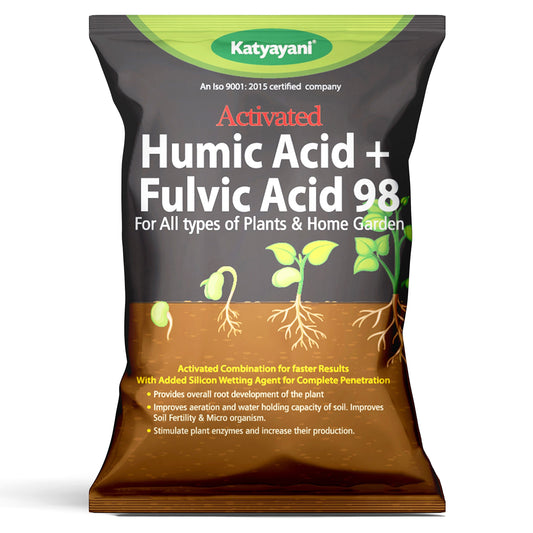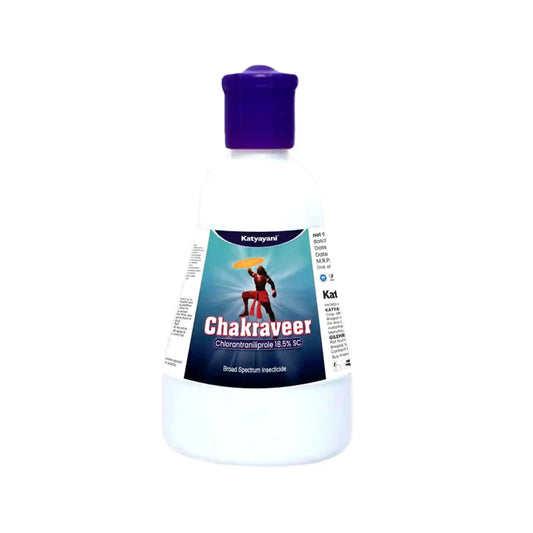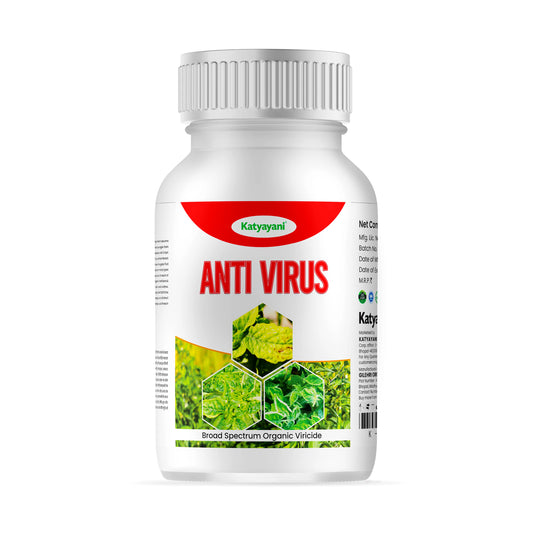If your Watermelon plants have presence of white, powdery spots or patches on the upper surfaces of leaves and leaves may turn yellow, they may have been affected by Powdery mildew. Powdery mildew in watermelon is primarily caused by fungi. The species of fungi that commonly cause powdery mildew in watermelon crops is Podosphaera xanthii. Powdery mildew is a foliar disease that is more obvious on other cucurbits, such as squash and pumpkins. However, the disease has increased in importance on watermelon, particularly on late plantings.🍃🍃

- Type of Infestation: Disease
- Common Name: Powdery mildew
- Scientific Name: Podosphaera xanthii
- Category of Plant Disease: Fungal Disease
- Mode of spread: Wind blows spores produced in leaf spots to infect other leaves.
- Affected parts of plant: Leaves, Fruit, Flower, Stem
Type of InfestatiFavorable factors for disease/Pest Development:
- Temperature: Moderately warm days (60-80°F): While some powdery mildew species tolerate cooler temperatures.
- Cool nights: The temperature drop creates condensation, providing moisture for spore germination and fungal growth.

3. Humidity:
- High relative humidity (above 50%): Spores readily germinate and fungal growth accelerates in humid environments.
- Low rainfall: Light rain or overhead irrigation can help disperse spores.
Type of Infesta Symptoms:

Initial Symptoms:
- Yellowish angular spots: These appear on the upper surface of the leaves
- White or grayish powdery growth: This develops on the underside of the leaves when they're wet, resembling spilled powder.
- Stunted growth: Affected plants may appear smaller than healthy ones.
Severe Symptoms:
- Extensive powdery growth: The white or grayish powdery patches spread, covering large areas of the leaves, stems, and even young fruits.
- Leaf distortion: Infected leaves may curl, wrinkle, or become brittle and break easily.
- Premature defoliation: Severely affected leaves turn yellow, brown, and eventually fall off.
- Reduced fruit quality: Fruit size and sugar content may be reduced growth.
Control measures for powdery mildew in Watermelon:
|
Product |
Technical Name |
Dosage |
| TEBUSUL | Tebuconazole 10 % + sulphur 65 % wg | 500 grams per acre |
| DR ZOLE | Azoxystrobin 11.00 % Tebuconazole 18.30 % SC | 300 ml/ Acre |
| AMPELOMYCES | 1.5-2 Liter Per Acre |
FAQs on Powdery Mildew in Watermelon
Q. What is Watermelon Powdery Mildew?
A. Watermelon powdery mildew is a fungal disease caused by Podosphaera xanthii, which appears as white, powdery spots on leaves, leading to yellowing and stunted growth.
Q. What are the symptoms of Powdery Mildew on Watermelon?
A. Powdery mildew on watermelon starts with yellowish angular spots and white powdery growth on leaves. Severe cases cause leaf curling, defoliation, and reduced fruit quality.
Q. How does Powdery Mildew in Watermelon spread?
A. Powdery mildew in watermelon spreads through wind-blown spores and thrives in humid conditions with moderate temperatures (60-80°F) and low rainfall.
Q. What is the best Watermelon Powdery Mildew Treatment?
A. The watermelon powdery mildew treatment includes fungicides like Tebuconazole + Sulphur (TEBUSUL - 500g/acre), Azoxystrobin + Tebuconazole (DR ZOLE - 300ml/acre), and Ampelomyces (1.5-2L/acre).
Q. How to prevent Powdery Mildew of Watermelon?
A. To prevent powdery mildew of watermelon, avoid overhead irrigation, ensure proper spacing for airflow, and apply preventive fungicides.
Q. Is Powdery Mildew a Serious Watermelon Disease?
A. Yes, powdery mildew watermelon disease can cause premature defoliation, fruit quality reduction, and yield loss if not controlled.




















